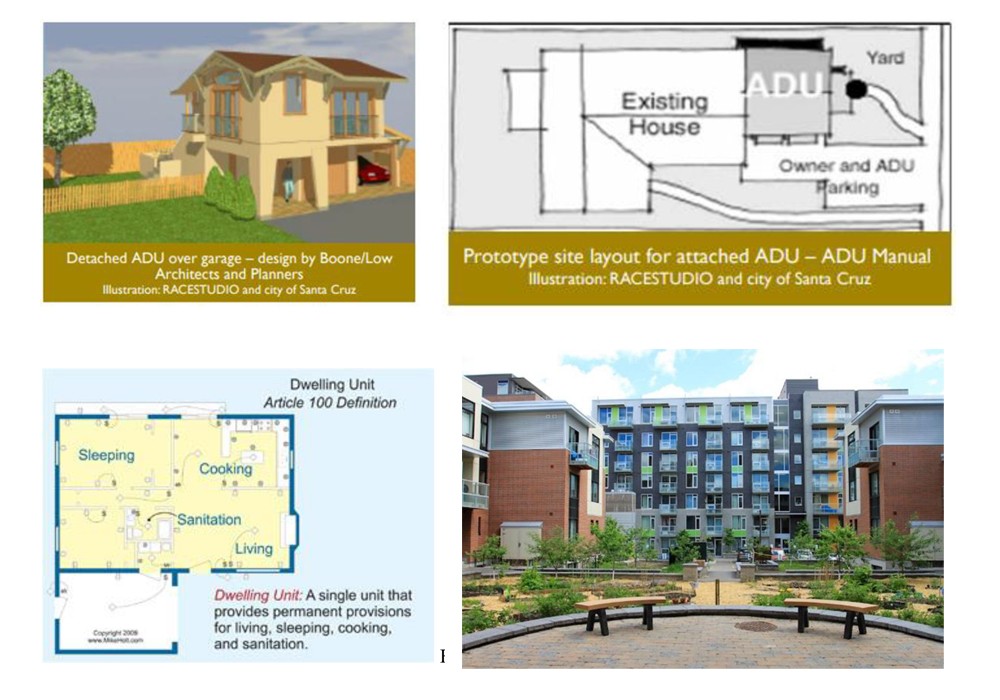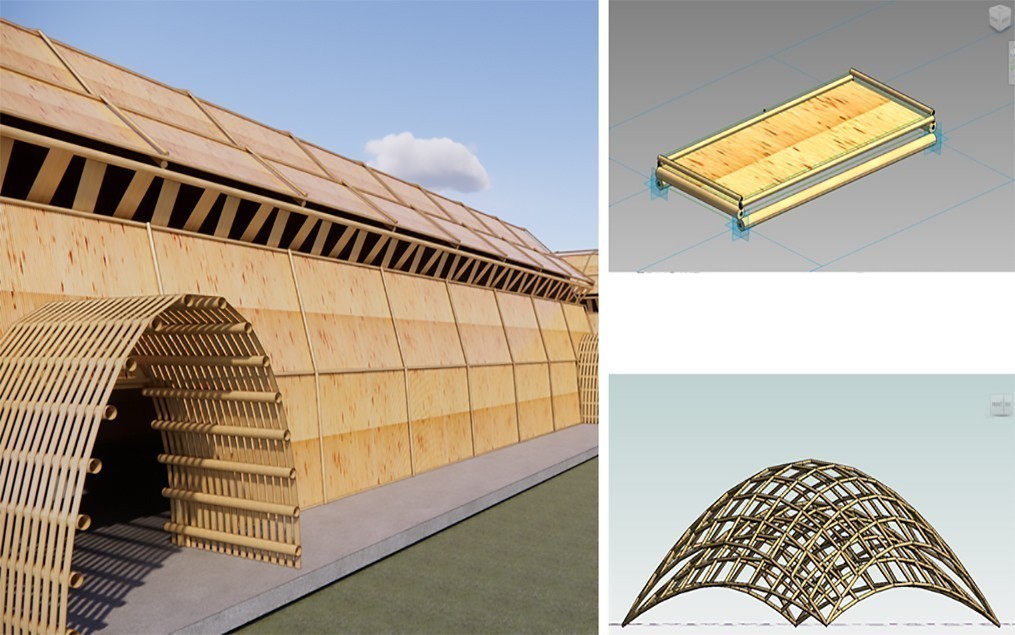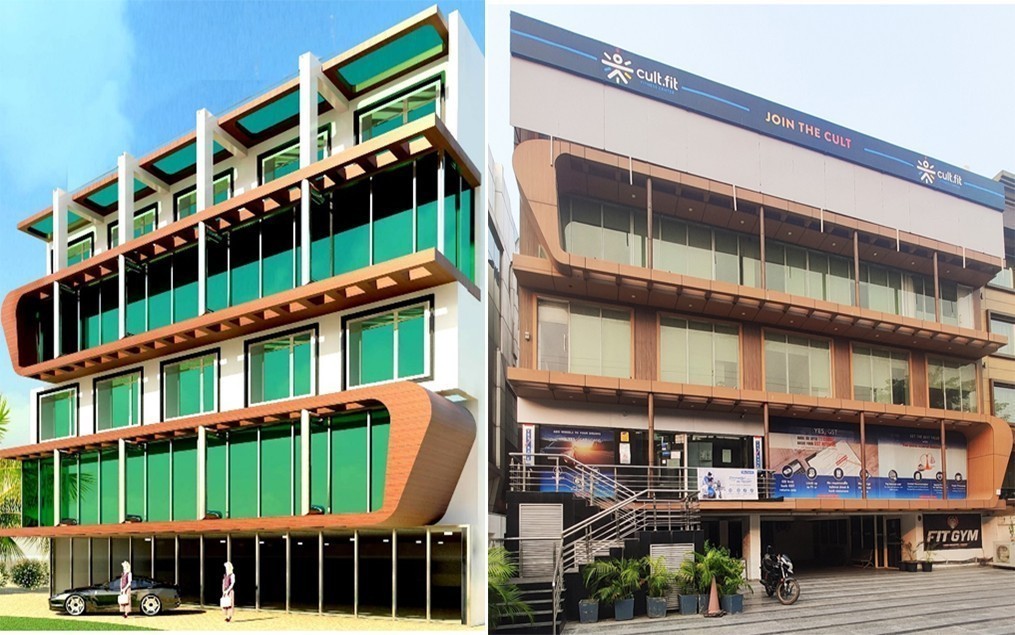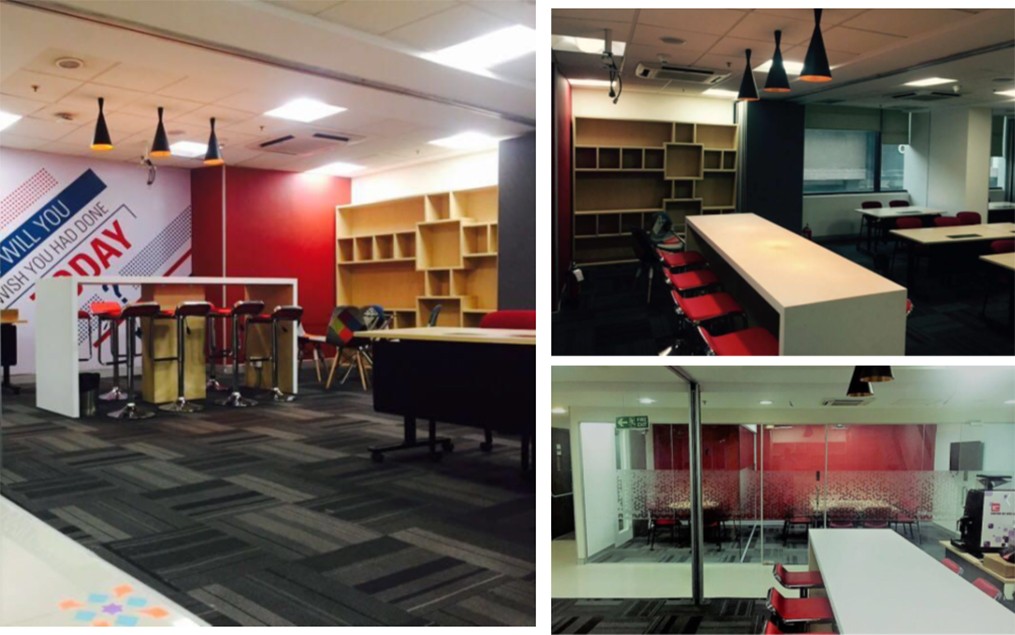
Affordable Dwelling Units: Aspirations and Limitations Architectural Footprints: Legislation and Reforms
Abstract
There is a constant push from government to meet the ever-increasing housing demand in the country. For a country like India, where the prices of real estate are disproportionately high compared to rental values, trends in city centres and its peripheries has been towards a rental market. Government is trying to introduce affordable housing segment as a potential real estate segment where traditional tenants can “afford” to buy homes. But somehow this has not become a trend, which is due to multiple factors involved. One such factor is our codes and bye-laws. Certain strict, stringent and not-so-flexible bye laws have resulted in high construction costs for these affordable homes, which eventually lead to them becoming out of reach for traditional tenants. While government is trying to facilitate home buyers through subsidies and low interest rate loan schemes, the need to review the bye laws to facilitate affordable housing is also important. This paper explores how bye laws can be modified to certain extent to make this possible.
Understanding Affordable Housing
Internationally, housing affordability is defined in multiple ways. One of the most commonly accepted definitions of affordability refers to housing affordability which is taken as a measure of expenditure on housing to income of the household. This is also accepted by the Indian Government, which states “Affordable housing refers to any housing that meets some form of affordability criterion, which could be income level of the family, size of the dwelling unit or affordability in terms of EMI size or ratio of house price to annual income”
Government Push for Affordable Housing
When it comes to setting priorities, Housing for All has been the point of focus for the central government. The Policies and programmes developed by the Ministry of Housing, have been supported by budgetary interventions, bringing in a transformation in the real estate sector as well. In the Union Budget 2017-18, affordable housing was given the infrastructure status. This comes as a welcome move for both the consumers and the real estate industry alike. By giving the real estate sector infrastructure status, the government has allowed companies to access capital and improve liquidity in the sector on one side. On the other side, government has subsidized the lending rates for buyers of affordable housing (within certain budget and salary ranges) to ensure that houses are bought by those who need to stay in them instead of considering them as investment channel.
Governing Frameworks for Real Estate Sector and affordable housing
Giving a boost through financial models only will not help the affordable housing segment to grow and become a sustainable model. Government also needs to control the quality and design
of the affordable housing units being offered as it directly impacts the health and well-being of occupants living in these houses being constructed. For the purpose of structuring the affordable housing segment growth in India, government has come out with a policy titled “Model State Affordable Housing Policy for Urban Areas”. This policy looks at defining the target groups, probable cities and towns for implementation, strategies and model for housing and government role in promoting such development. It also encourages private parties to join hands in developing affordable housing, thereby not only helping meet the housing for all but also giving a boost to real estate economy in India.
Case Study 02: Beaver Barracks, Ontario
Beaver Barracks is a large affordable and environmentally sustainable housing development located in downtown Ottawa, on a brownfield site. The development consists of 254 dwellings, including apartment buildings, studio flats and town houses. It was commissioned in 2007 to the Centre town Citizens Ottawa Corporation (CCOC) by the City of Ottawa through the Action Ottawa program – the City’s primary program for increasing the supply of low-income affordable housing in Ottawa. The Beaver Barracks, developed by the Citizen employs an innovative mixed income model. 45 per cent of tenants will pay ‘rent geared to income’ (30 per cent of their gross household income); 15 per cent of tenants will pay ‘below market rent’ (70 per cent of the full rent) and 40 per cent of tenants will pay no more than the average market rent for the neighbourhood.The Beaver Barracks, developed by the Citizen employs an innovative mixed income model. 45 per cent of tenants will pay ‘rent geared to income’ (30 per cent of their gross household income); 15 per cent of tenants will pay ‘below market rent’ (70 per cent of the full rent) and 40 per cent of tenants will pay no more than the average market rent for the neighbourhood. The total capital budget for the development of Beaver Barracks was US $64 million. CCOC used a combination of public and private financing. Over 80 per cent of CCOC’s total operating revenue in its full portfolio comes from rent (either paid by the tenants themselves or with state assistance,) 13 per cent from state operating subsidies, with the remainder coming from miscellaneous revenue from parking, laundry and commercial rent. Although the project was not conceived as one of community economic development, having an affordable home helps residents to live within their means and opens doors to education, employment and training.
About the Authors:
Ramneet Kaur
Completed M.Arch from SPA, Delhi on scholarship in 2011. Worked as consultant to minister of PWD, Delhi in past. Currently working as Partner with ASP Associates, is a Senior Architect (advisor) for Development of Master Plan of Bhawan area at Vaishno Devi and is also involved as a Visiting faculty at SPA, Delhi.
Anurag Gogna
Architect (B.Arch) and Project Manager (SPA New Delhi) currently working as Assistant Professor at NICMAR Delhi NCR Campus. Have prior experience of working in the field of Sustainable Architect at Ashok B Lall Architects and as part of Core Team for Design & Build Projects at Colliers International INDIA.
Initha Vijayakumar
Architect (B.Arch) from Hindustan University currently pursuing a Postgraduate course in the field of Advance Construction Management at NICMAR Delhi NCR. Have prior experience of working in the field of Interior Architecture at Manga Design Studio, Chennai.



